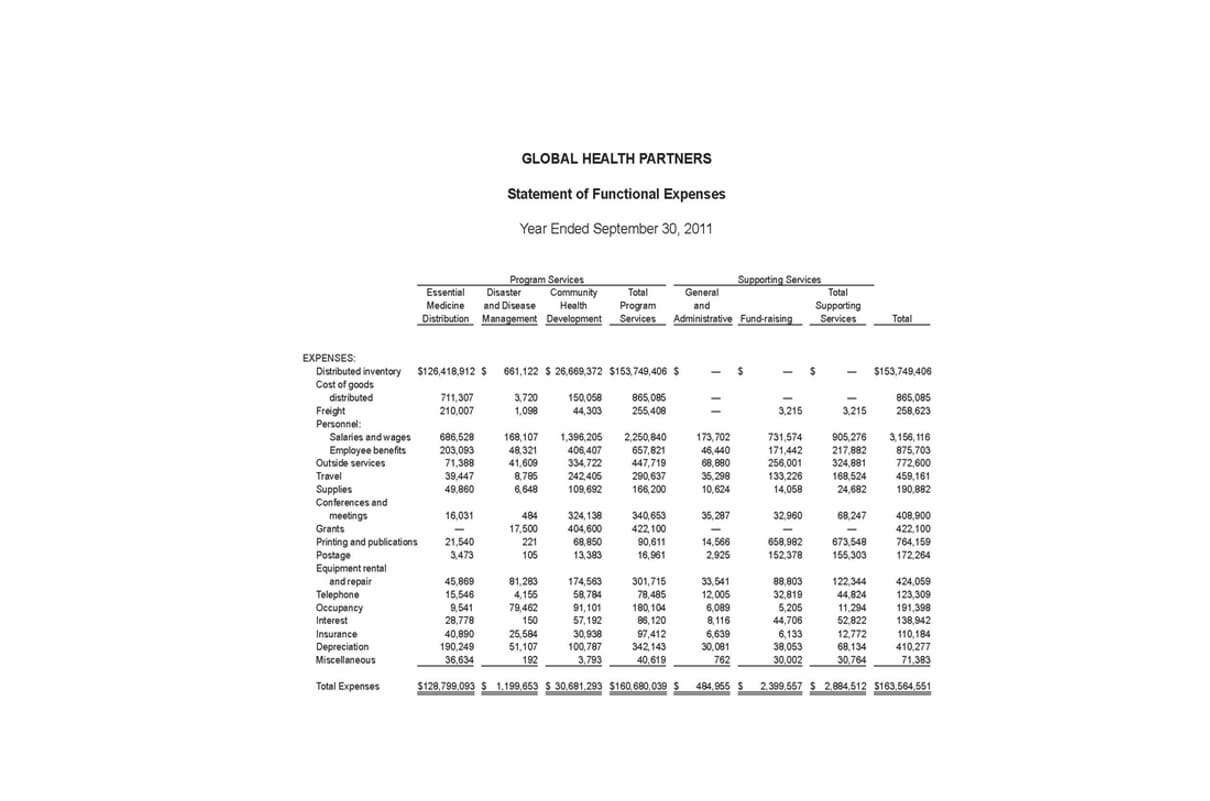How to Handle Bookkeeping for Inventory Management: An Expert Guide

The perpetual inventory accounting system shows all inventory movements during an accounting period on the inventory account. By integrating Vencru’s comprehensive platform, you can enhance financial accuracy and streamline your inventory accounting, allowing you to focus on driving business growth. Transit inventory includes goods that have been purchased but are still in transit between the supplier and the buyer.
- Raw materials are the basic components used in production, while work in progress represents products that are still being manufactured.
- FIFO may be suitable for retailers with perishable goods, while LIFO may be advantageous for retailers facing rising prices.
- Integrating inventory systems with POS software allows real-time tracking of stock levels, which is crucial for both in-store and online sales.
- The choice of inventory management system is influenced by factors such as complexity, industry specialization, and customizability.
- Specific Identification is a method used for items that are easily distinguishable from each other, such as automobiles or real estate.
- While acquisition costs may seem straightforward, understanding the full scope of these expenses is essential for determining the true cost of inventory.
Cloud-Based Systems
Inventory covers anything your business holds for resale or production at the end of an accounting period, including both finished products and raw materials. The inventory accounting process typically involves identifying inventory, measuring it, valuing it, and recording the costs. One must first establish the scope of the inventory, then calculate the cost of goods sold (COGS), and finally adjust the inventory accounts to reflect sales and purchases. Effective bookkeeping for inventory management demands meticulous attention to regulatory requirements and compliance issues. These crucial aspects safeguard a business’s financial health and ensure adherence to the necessary legal frameworks. Inventory counts and periodic assessments are essential to maintaining accurate inventory records.
How do you Record Inventory?
- For instance, an ecommerce business should employ robust inventory tracking systems that integrate with online sales platforms to accurately reflect stock levels in real time.
- Traceability is vital in the event products are found defective and must be recalled.
- Utilizing historical sales data enhances the accuracy of predicting future inventory requirements.
- The valuation method selected influences the balance sheet, income statement, and cash flow statement.
- This integration eliminates the need for manual data entry, reduces errors, and provides real-time visibility into inventory costs, sales, and profitability.
By comparing the physical count with the inventory products, brands can calculate the cost of the transaction of the moved inventory. Recording these transactions in your bookkeeping system helps track inventory movements from purchase to sale and ensures that any issues are properly documented. Conducting periodic physical inventory counts helps ensure that your records match the physical inventory on hand. It also serves as a preventive measure to protect valuable inventory from theft, damage, or misplacement.

b) LIFO
But before telling you about inventory management software for inventory bookkeeping, let’s dive into the basics of inventory bookkeeping and how it should be done ideally. For example, LIFO can defer tax liabilities by increasing COGS, thereby conserving cash in the short term. Conversely, FIFO may lead to earlier tax payments due to lower COGS and higher taxable income, Retail Accounting potentially reducing cash flow. Inventory accounting is a critical component of financial reporting for any business holding physical stock. In this section, the reader will find direct answers to common inquiries surrounding the process of inventory bookkeeping.

Choosing the Right Inventory Management System
Before diving into how software can help, it’s important to understand the basics of inventory bookkeeping and how to do it correctly. Another advanced strategy is the use of demand forecasting tools that leverage historical sales data, market trends, and predictive analytics to anticipate customer demand. Accurate forecasting ensures that inventory levels are aligned with expected sales, preventing both excess stock and potential lost sales due to understocking. These tools often employ machine learning algorithms that continuously improve their predictions over time. Effective inventory management goes beyond mere compliance—it can serve as a strategic tool for optimizing profitability and efficiency across various industries.

ACCOUNTING for Everyone
- We’ll look at the different methods of accounting for inventory, define key terms, and highlight the benefits you can expect from effective inventory management in your business.
- For example, spreadsheets and other inventory databases can often be easily uploaded into the more comprehensive system.
- This ratio measures how many times a company sells and replaces its inventory over a given period.
- Through a clear understanding of the various types of inventory costs, businesses can implement the best inventory accounting practices to minimize these expenses and maximize profitability.
- Simplified inventory bookkeeping can help companies keep a detailed record of every transactional activity.
Effective inventory management is crucial for maintaining financial accuracy and ensuring stock availability. It involves a combination of strategies to net sales monitor and control inventory, improve accuracy, and optimize stock levels. Discrepancies in inventory can lead to inaccuracies in financial reporting and potential losses. Regular audits of inventory records are crucial to verify that physical stock matches reported figures. When discrepancies are found, it is essential to investigate the causes, which could range from data entry errors to theft. Consistent monitoring helps in maintaining the integrity of inventory data and minimizing losses.
- Its designed for small to medium-sized companies in industries such as 3PL, distribution, transportation, greenhouses, plant nurseries, and cannabis.
- Onboarding manager, Joshua Trezek elaborates,” FIFO is often used when your inventory will depreciate quickly or with perishable food.
- Inventory discrepancies occur when there is a mismatch between the stock listed in your books and the actual inventory on hand.
- By maintaining up-to-date inventory records, businesses can present precise balance sheets and income statements.
- The overall goal of inventory bookkeeping is to determine the economic value of goods in their various stages of production.
This approach helps businesses reduce excess inventory by ensuring goods arrive only as needed, minimizing storage costs and waste. JIT is particularly effective in industries where products have a short shelf life or where storage space is limited. Keeping track of inventory levels ensures reduced capital that is tied up in excess inventory. It is used to evaluate pricing strategies, optimize production and make informed decisions about inventory management and paints a picture of your production efficiency. Although the formula may seem straightforward, accurately capturing sales and matching them with their corresponding costs can be intensive.
Argos Software provides a powerful inventory management solution designed to help businesses maintain optimal stock levels, improve efficiency, and reduce costs. With a deep understanding of industry-specific challenges, Argos Software delivers a flexible and scalable system that adapts to the needs of growing businesses. The implementation of an inventory management system brings numerous benefits to a business, from improved accuracy inventory bookkeeping to cost reduction. One of the main goals is to ensure that enough products are available to meet demand without creating surplus stock. Effective inventory management helps minimize the risk of overselling products by maintaining accurate stock levels.
